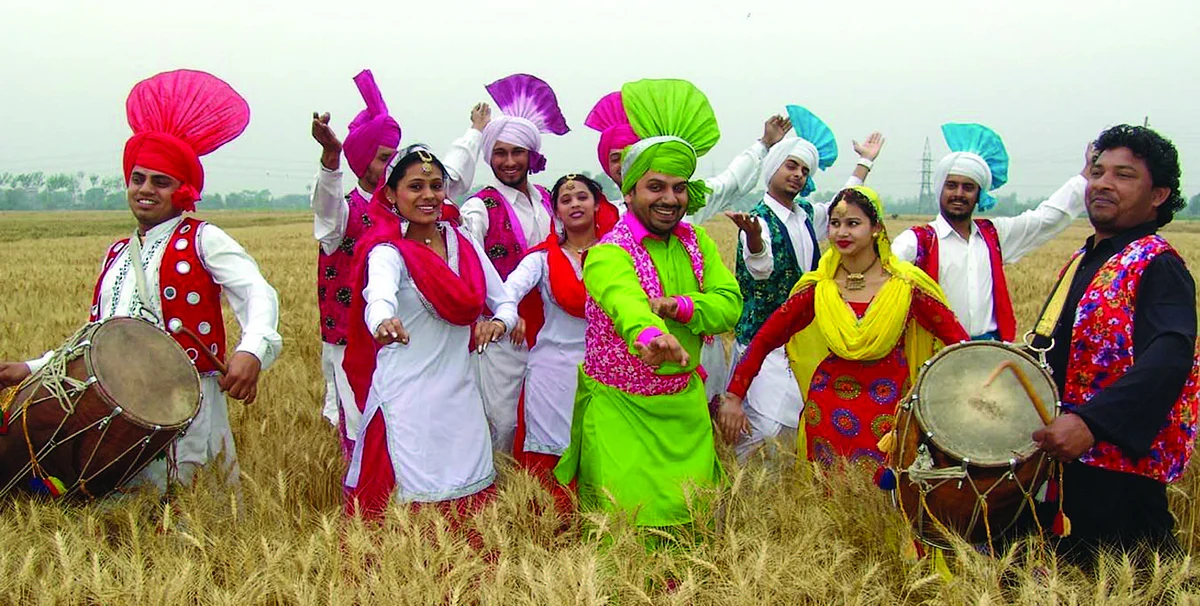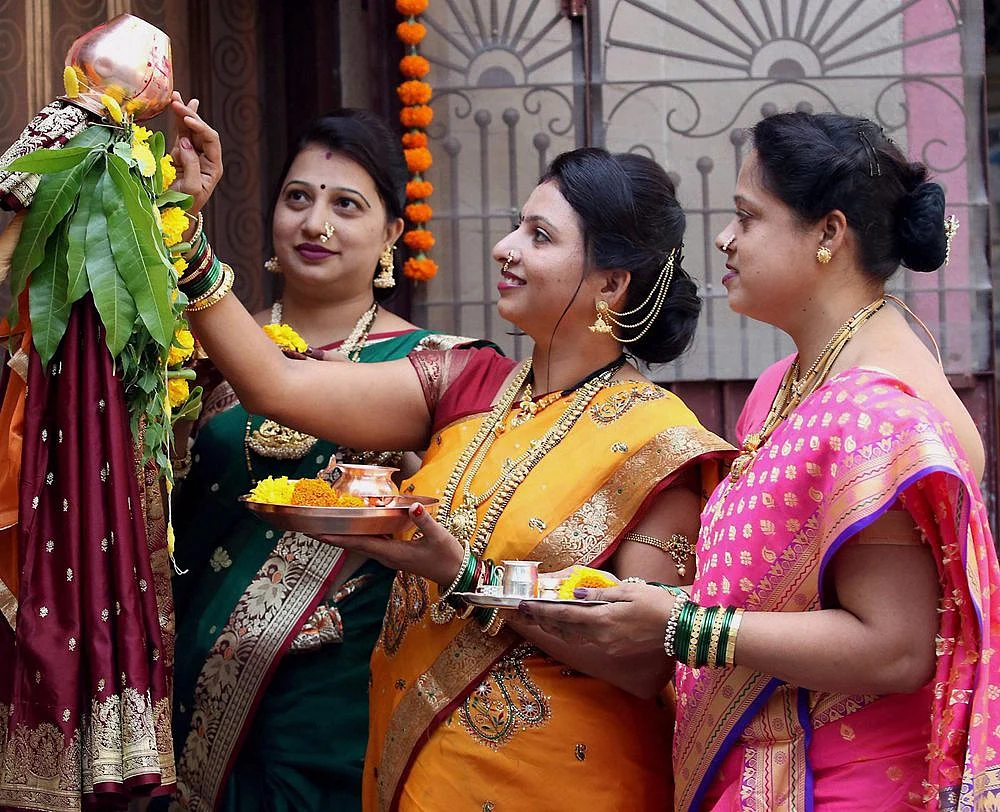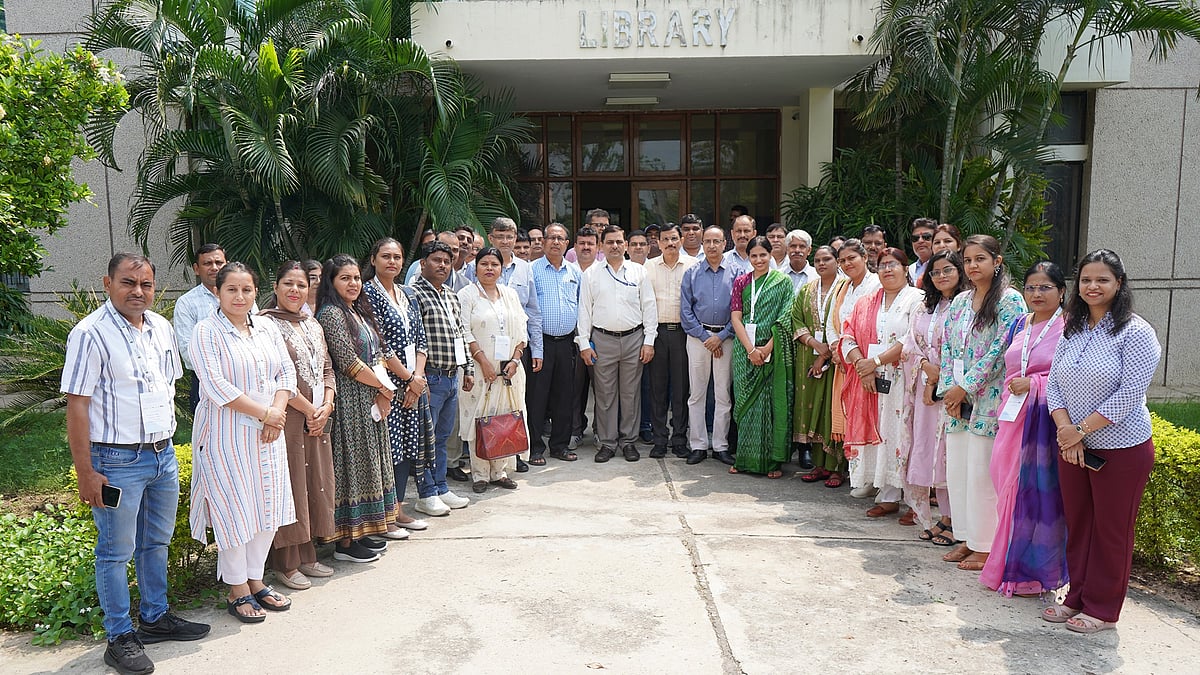As 2019 draws to a close are you scrambling not to miss wishing ‘Happy New Year’ to everyone? Even if this has to do with the fear of a government-sponsored internet outage, worry not. Chances are, you can do so later this month... and then again in March, April, leading right on till the December of 2020. All of 126 times and counting!
In a land ready for festivities at the drop of a hat, New Year has after all only been one more calibration on this subcontinent’s calendar. In case you miss the Gregorian New Year on January 1, the next New Year may just be around the corner. With January 14 come the first of the two Tamil New Years. Then there is (Y)Ugadi, Baisakhi, Diwali, Rosh Hashanah, Losar and others, each celebrated in a different part of the country and by different communities, underscoring the diversity of India that some are trying to sociopolitically undermine.

While several of India’s New Years are steeped in tradition, and many are modified by the politics of the day. Take the Tamil New Year, for instance. The Dravidian movement and its demand for all things cultural (including the ginormous cutouts that mix cinema with politics. Wait! Is it the other way around?) is punctuated off and on with a demand for a ‘pure’ Tamil calendar. Prioritising this over the more mundane stuff like food, clothing, shelter and jobs, the then DMK government in the state legislated the ‘Tamil Nadu, Tamil New Year Declaration Bill’ in 2008. This brought forward the official New Year from April 14 to January 14. The DMK rejected the traditional Tamil calendar and officially adopted the Thiruvalluvar calendar, named after one of Tamil Nadu’s greatest poets.
The DMK called their decision to change the calendar ‘revolutionary’. Others in Tamil Nadu said it was ‘ridiculous.’ Historians challenged Thiruvalluvar’s date of birth. The Opposition (AIADMK and the MDMK) challenged the new date in court and asked their workers to “aggressively continue to celebrate” the New Year on April 14. The short of it is that Tamilians gave us two New Year days: January 14 and April 14. Of course in a delicious irony of sorts, even those who celebrate January 14 are really just celebrating Pongal, the harvest festival.
From Tamil Nadu, let’s move up north. The land of the five rivers, Punjab, is where the Shiromani Gurudwara Prabandhak Committee (SGPC) — the apex religious body of the Sikhs — gave us a New Year on March 21. A whole decade before the DMK’s move, the SGPC played its own calendar politics. A Canada-based software engineer, Pal Singh Purewal, argued that the Sikhs needed their own distinct calendar, not the Vikrami lunar calendar shared with the Hindus. The new solar calendar was named Nanakshahi. In 1999, the SGPC introduced the calendar, triggering controversy and confusion. The Jathedar of the Akal Takht, the highest temporal seat of Sikhism, banned the calendar until consensus was built on its use.

Radical Sikhs argued that the calendar would give more power to their cause. Others felt sharing a calendar culturally unites Sikhs and Hindus. Finally, in 2003, the Nanakshahi calendar was ratified. Today 90% of the gurudwaras use it. But critical dates on the Nanakshahi remain the same as the Hindu calendar. This ensured that the most critically important stuff like Holi and Diwali celebrations happen together for both communities. It is another matter that Punjab also celebrates Baisakhi on April 13 as the mark of a New Year. And, according to the Nanakshahi, the year starts on March 21. Thus, two more New Year days.
The advent of spring and the vernal equinox brings with it a surfeit of New Year days. They may not be as politically contentious but each has its own mythological, religious and agrarian stories. The Telugu and Kannada New Year, Ugadi or Yugadi, is on March 25 in 2020, when Maharashtra will celebrate Gudi Padwa. Karnataka’s Dakshina Kannada district, earlier known as South Canara, celebrates with Kerala, marking the beginning of the Malayali New Year with Vishu which will fall on April 14th. The same day Assam will celebrate its Rongali Bihu, while its neighbour West Bengal will be ringing in Pohela Boishakh.
The next concentration of regional new years, close to the autumn equinox, is linked to Diwali and celebrated by the merchant community. Like most things Gujarati, Marwaris and Jain New Year too is after all dhanda nee vaat when new account books are opened.
The monsoon months would have been the only time without a New Year had it not been for aapri Parsi community. They may be the smallest community in the country but they give us three New Years. Ancient Zoroastrians used the Achaemenid Calendar, which celebrated the vernal equinox or March 21 as Navroz. The Shehanshahi Parsis follow a 365-day calendar and will celebrate New Year on 16th August in Gujarat and the next day in Maharashtra. The Kolkata community has to decide which of these days they will pick while Kadmi Parsis follow a slightly different 12-month time frame and mark their New Year a whole 30 days before the Shehenshahi. In 1906, a Bombay Parsi founded the Zarthosti Fasili Sal Mandal, which declared that the ‘original’ calendar was the most logical with some changes. According to this, March 21 was New Year. If it weren’t for the triple excuse of tucking into a Parsi feast, these calculations would be very confusing.
Synagogues in Kerala and Mumbai will mark a new beginning on Rosh Hashanah in October while Buddhists celebrate Losar in December. And Moharram, the New Year according to the Hijri Islamic calendar, could fall on August 21st this year. Whether in Bengal, Odisha on neighbouring Bhutan/Nepal, Santhal adivasis have three different New Years while the Gonds of central India have their own two depending on how much they have moved from animism to mainstream Hinduism.
As the multiple New Years mark a beginning, this land sends out a loud and clear message against homogenisation... Only expected in a land where the recall value of the 1987 hit Mr India is a character called Calendar!





